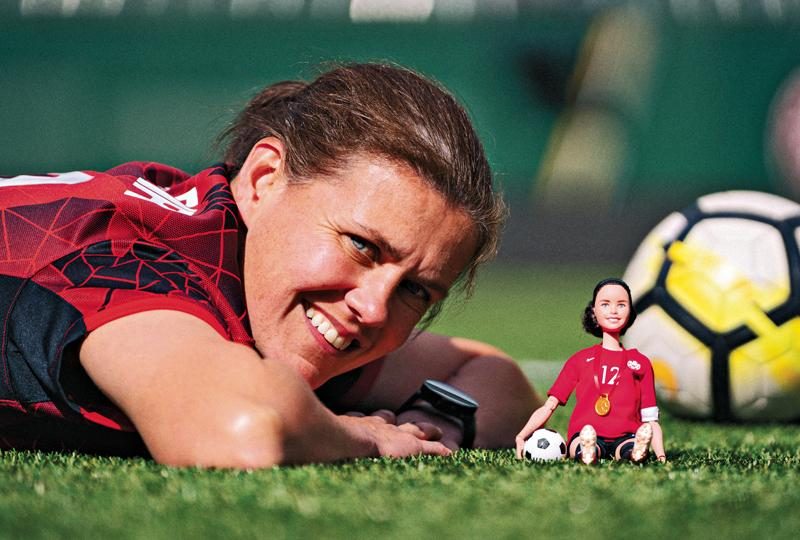
Money Matters
When I attended elementary school back in the 70s, my teachers’ curricula for the year often fit on a couple of typed pages – allowing them lots of time for extended exploration of topics. These days, teachers can only devote a few days or weeks to particular topics. Take money for example. Depending on the grade, students will be taught how to recognize coins and bills, their face value, and how to do simple addition and subtraction. But what about all the really important stuff like financial literacy – how to handle, save, and invest money? Unfortunately, it simply isn’t there. So this month, I’d like to share several simple ways you might be able to extend the curriculum and teach your children about financial responsibility and the true value of money:
Talk about where money comes from. Explain how the money you spend comes from the work that you do. Help them realize that it does not just flow endlessly out of bank machines (although that would be nice!)
Discuss the difference between needs, wants, and wishes. Learning the difference at an early age can prepare children to make better spending choices in the future.
Look for “teachable moments” while shopping. This could include showing kids how to compare unit prices, use coupons, count their change, or estimating the total amount of purchases. Money is also a great way to practice fractions – pennies are 1/100th of a dollar, dimes 1/10th, and quarters speak for themselves!
Let them handle money. I’m amazed how many nine year olds tell me they never use money. Going to the store? Consider giving your kids a few dollars to spend. Try not to interfere too much with spending decisions. Poor choices often provide excellent learning experiences and opportunities for discussion.
If giving allowance, consider denominations that encourage saving. For example, instead of giving a $5 bill, offer two Toonies and a Loonie and encourage part to be put aside for savings.
Help them choose the right philosophy. Help them to see spending their money and investing what is left is not as powerful as investing their money and spending what’s left.
Encourage an entrepreneurial spirit. Show them that out of every dollar they earn, they could spend it all, or spend up to $0.70, then set aside $0.10 to help others (giving back), use $0.10 to do something to make a profit, and lend $0.10 to someone else. (Better to be a lender than a spender.)
Have your kids open a bank or credit union savings account. This is an excellent way to begin forging the habit of savings at an early age. Just be sure not to be too restrictive about letting them withdraw some money. Otherwise they may develop a negative attitude towards saving.
Lead by example. No matter what you tell your children about money, your own actions and the things your kids hear you say or do about money will have a big influence on the attitudes they form themselves.
Educator and Youth Coach, Rob Stringer has spent almost two decades helping youth and adults meet with success. www.YouthCoachGlobal.com.





